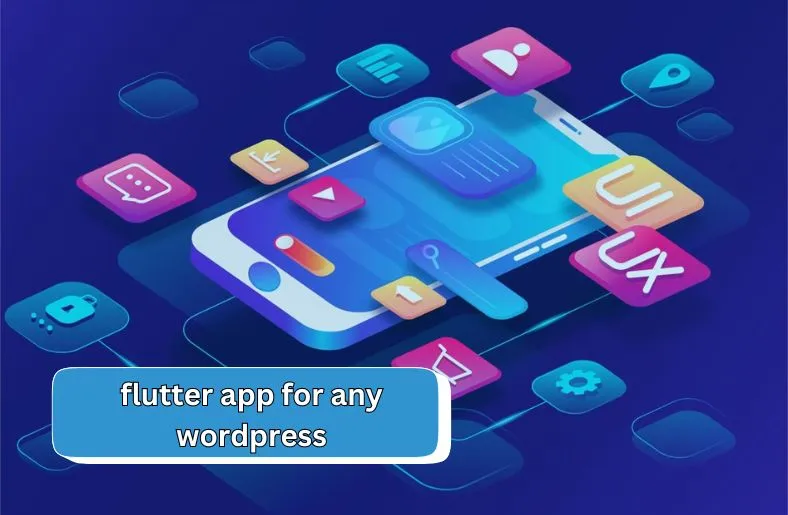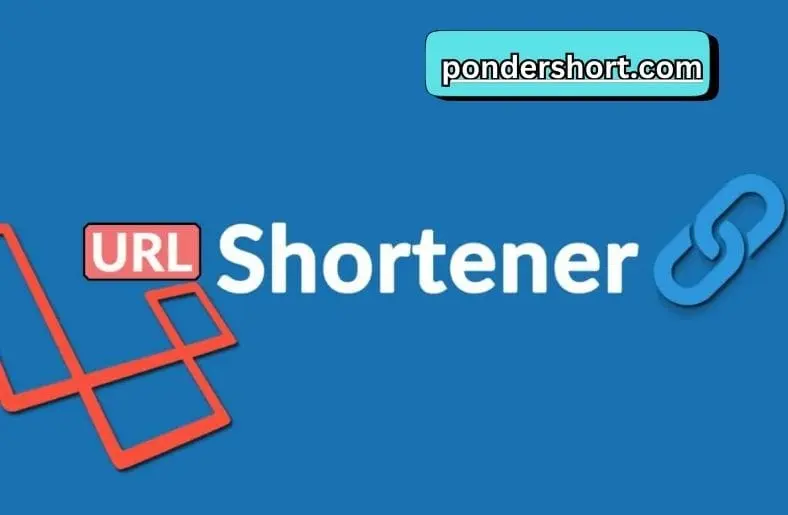Introduction
Welcom to the word of “Flutter App for Any WordPress”. Are you looking to enhance your WordPress website with a mobile app? Integrating Flutter, a versatile framework for cross-platform app development, could be your answer. Flutter allows you to build stunning mobile applications that work seamlessly on both Android and iOS devices with a single codebase.
In today’s digital landscape, having a mobile presence is crucial for engaging users and expanding your reach. By leveraging Flutter, you can create a robust app that mirrors the functionality and content of your WordPress site, offering a consistent user experience across platforms.
This guide delves into the process of developing a Flutter app for any WordPress website, focusing on SEO strategies and integration tips to optimize your app’s performance and visibility. Whether you’re a developer looking to streamline your workflow or a business owner aiming to enhance user engagement, this post will provide you with actionable insights to achieve your goals effectively.
Understanding Flutter and WordPress Integration
Integrating Flutter with WordPress involves combining two powerful tools to create mobile applications. Flutter, known for its cross-platform capabilities, enables developers to write code once and deploy it across Android and iOS devices. WordPress, on the other hand, serves as a robust content management system (CMS) that powers a significant portion of the internet.
To integrate Flutter with WordPress, developers utilize WordPress’s REST API. This API allows Flutter apps to fetch content such as posts, pages, and media from a WordPress site. By leveraging REST API endpoints, developers can ensure that their Flutter apps display real-time updates from the WordPress backend.
The integration process typically begins with setting up the WordPress site to enable REST API access. Developers then configure their Flutter projects to communicate with the WordPress site using HTTP requests. This seamless communication ensures that the Flutter app mirrors the content and functionality of the WordPress website.
By integrating Flutter with WordPress, developers can enhance user engagement and provide a consistent experience across different platforms. This integration not only simplifies app development but also leverages the strengths of both Flutter and WordPress to create dynamic and responsive mobile applications.
Setting Up Your Development Environment
To start developing a Flutter app for your WordPress site, you need to set up your development environment. This process involves installing necessary software and configuring tools to ensure smooth app creation.
Firstly, download and install the Flutter SDK, which is essential for Flutter app development. Flutter SDK provides all the tools and libraries needed to build apps for Android and iOS platforms.
Next, choose an integrated development environment (IDE) like Visual Studio Code or Android Studio. These IDEs support Flutter development and provide features like code completion and debugging.
After installing the IDE, configure it to work with Flutter by installing relevant plugins and extensions. This step enhances your development workflow by integrating Flutter-specific tools into your IDE.
Additionally, set up Git for version control if you plan to collaborate or track changes in your Flutter project. Version control ensures that you can revert to previous versions of your code if needed.
Lastly, familiarize yourself with Flutter’s command-line tools, such as flutter doctor, which helps diagnose and resolve environment issues. These tools streamline the setup process and ensure that your development environment is ready for Flutter app development.
Designing the User Interface (UI) and User Experience (UX)
Creating an engaging UI and UX for your Flutter app enhances user interaction and satisfaction. Begin by sketching out your app’s layout and navigation structure.
Use design tools like Figma or Adobe XD to prototype your app’s visual elements. These tools help visualize how users will navigate through your app.
Select appropriate Flutter widgets like Container, Row, and Column to structure your app’s layout. These widgets form the foundation of your app’s user interface.
Integrate interactive elements such as buttons and text fields to enhance user interaction. Ensure these elements are easy to use and understand.
Focus on responsive design using Flutter’s Flex and Expanded widgets. These widgets adapt your app’s layout across different screen sizes and orientations.
Adhere to design principles like consistency in typography and color choices. This maintains a unified look and feel throughout your app.
Ensure accessibility by using Flutter’s accessibility features for users with disabilities. This includes providing alternative text for images and using readable fonts.
Test your design prototypes with potential users to gather feedback and make improvements. Iterate on your designs based on user insights and usability testing results.
By prioritizing UI and UX design, you create a Flutter app that is intuitive, visually appealing, and enjoyable for users to interact with.
Integrating with WordPress Data Using REST API
To fetch data from your WordPress site into your Flutter app, you’ll utilize the WordPress REST API.
Start by installing a REST API plugin on your WordPress site. This plugin enables communication between your site and the app.
Configure the plugin settings to define endpoints for accessing specific data, such as posts or pages.
In your Flutter app, use the HTTP package to make API calls to these endpoints. This package facilitates communication between your app and the WordPress server.
Define the API endpoint URL in your Flutter code. This URL specifies where the app should fetch data from WordPress.
Implement functions in your Flutter code to handle API requests and responses. These functions manage how data is fetched and displayed in your app.
Ensure error handling in your code to manage cases where data retrieval fails. This enhances the reliability of your app’s data fetching process.
Test API integration thoroughly to verify data accuracy and app performance. Use tools like Postman to simulate API requests and validate responses.
By integrating with the WordPress REST API, your Flutter app can dynamically display content from your WordPress site, enhancing user engagement and app functionality.
SEO Best Practices for flutter app for any wordpress
When optimizing your Flutter app for SEO, start by researching relevant keywords and phrases. Use tools like Google Keyword Planner to identify terms your target audience is searching for.
Incorporate these keywords naturally into your app’s content, including titles, descriptions, and headings. This helps search engines understand the relevance of your app to user queries.
Optimize images by using descriptive filenames and alt text. This improves accessibility and helps search engines index visual content.
Ensure your app loads quickly on both mobile and desktop devices. Use tools like PageSpeed Insights to analyze and improve loading times.
Mobile responsiveness is crucial for SEO. Ensure your app’s design adapts seamlessly to different screen sizes and orientations.
Secure your app with HTTPS encryption to protect user data and boost search engine rankings.
Regularly update your app with fresh content and features. This signals to search engines that your app is active and relevant to users.
Encourage user engagement through comments, reviews, and social sharing. Positive user interactions can improve your app’s visibility in search results.
Monitor analytics to track app performance and SEO efforts. Adjust your strategy based on data insights to improve rankings over time.
By implementing these SEO best practices, you can enhance the visibility and discoverability of your Flutter app for any WordPress site.
Conclusion
In conclusion, integrating Flutter with WordPress opens up a world of possibilities for developers and businesses alike. By harnessing Flutter’s cross-platform capabilities and leveraging WordPress’s robust content management system via the REST API, you can create powerful mobile applications that enhance user engagement and expand your online presence. Focus on designing a seamless user interface, optimizing for SEO, and maintaining robust security measures to ensure your app’s success. Embrace continuous improvement through feedback and analytics to stay ahead in the dynamic digital landscape. With these strategies, you’re well-equipped to craft a compelling Flutter app that excels across platforms and drives meaningful results.





